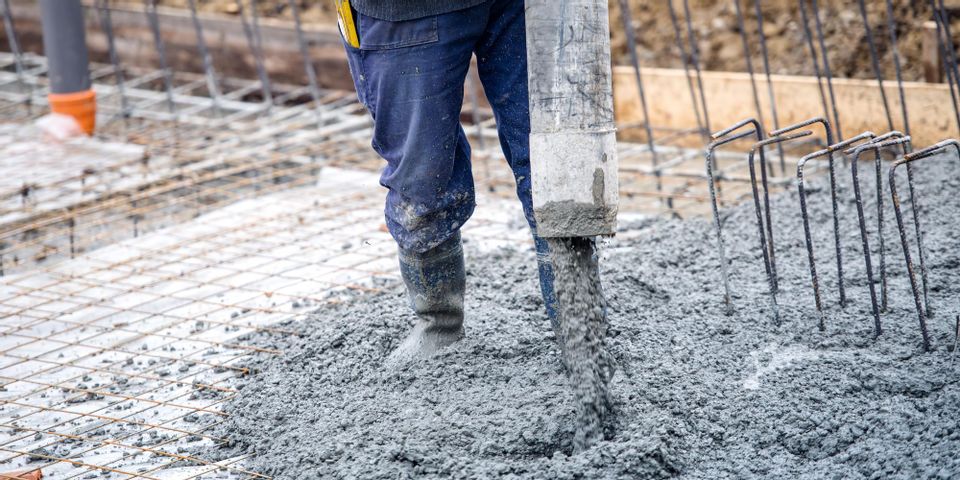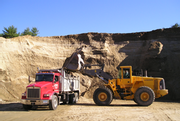What You Should Know About Construction Aggregates

Construction aggregates—including concrete aggregate—have long been used in projects of all types. High-quality and functional, concrete aggregate—and other materials—serves as a strong building block for any structure. Here is a guide to what these materials are and how they’re used.
A Guide to Construction Aggregates
What Are They?
Aggregates are either natural, recycled, or man-made. The process to create them includes crushing, screening, and washing them to ensure proper gradation. Some of the most common types used in construction include sand, crushed stone, gravel slag, and recycled concrete. There are two main types of aggregate: course and fine. Course materials have a diameter larger than 4.75 mm; some examples include gravel and large slag. Fine materials, such as sand and crushed stone, are smaller and can go through a 3/8-inch sieve.
How Are They Used?
 These materials are often used in the construction industry as part of a concrete mix. When you mix up concrete, the aggregate will account for up to 80 percent of the mix. The larger and harder materials reduce shrinkage over time and make the concrete stronger. They also reduce the possibility of deterioration and increase the weight that the surface can handle.
These materials are often used in the construction industry as part of a concrete mix. When you mix up concrete, the aggregate will account for up to 80 percent of the mix. The larger and harder materials reduce shrinkage over time and make the concrete stronger. They also reduce the possibility of deterioration and increase the weight that the surface can handle.
Aggregates can also be used for drainage applications. They are laid down on a surface, and the large materials allow liquid to flow downward in between the particulates rather than pooling. The larger the aggregate, the more drainage it will accommodate; unlike smaller materials, it will not get compacted down.
When you’re working on a project that requires aggregates, get your materials from a reputable distributor at a fair price. For more than 40 years, Manchester Aggregate Supply has been a trusted source for construction aggregates in Hartford County, CT. Learn more about their products on their website, or call (860) 643-5578 to place your order.
About the Business
Have a question? Ask the experts!
Send your question

